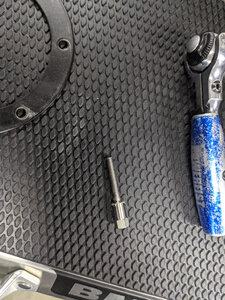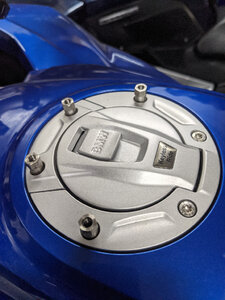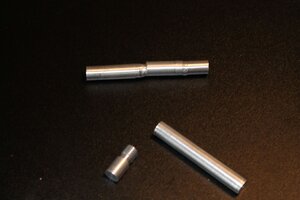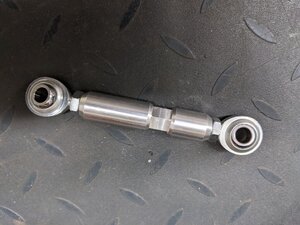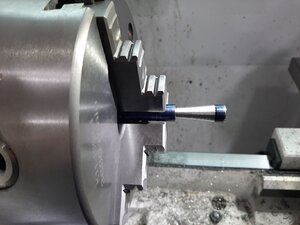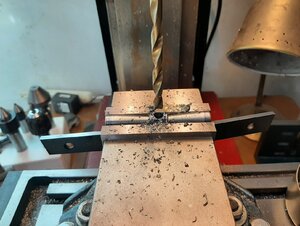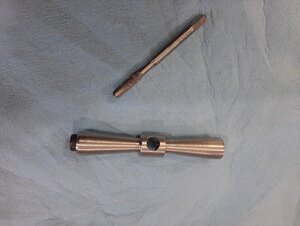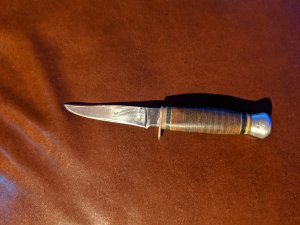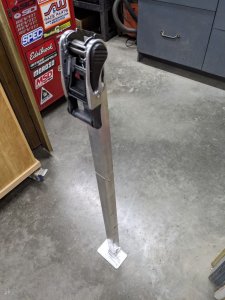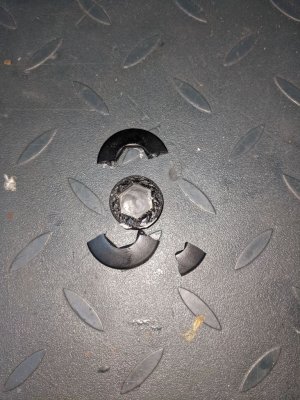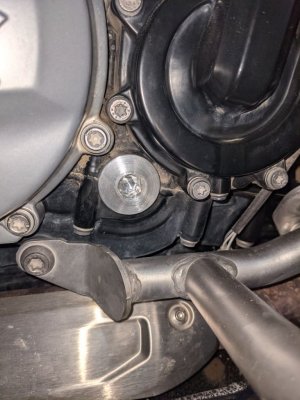BMW Rider
Super User
A lot of the things I use my lathe and mill for are quick little jobs to make something that I need or want. Not usually worthy of a full thread so I thought it would be good to have a thread to drop these project in from time to time as they are done.
With that, the first post being my most recent task to make some special fasteners for one of my motorcycles. I have a tank bag that uses an attachment base that fastens onto the filler cap using longer bolts with spacers under the ring. The issue is, the plastic tank cover panel that should be an easy job to remove for servicing the air filter now requires removal of the base ring as the panel will not come off over it. That leaves the fuel tank open while servicing the bike and my concern is things such as those little spacers could wind up in the tank.
My solution was to make some new screws with a tapped head style that the ring can be fastened to and removed leaving the fuel cap secure. I started with some 8mm stainless hex bar and made the four required screws. I reused the original supplied screws by threading them to the head and cutting them shorter to suit. It also serves to raise the base ring, and thus the tank bag, up a bit higher which is good since the whole reason for this design is to keep it off the painted parts.



With that, the first post being my most recent task to make some special fasteners for one of my motorcycles. I have a tank bag that uses an attachment base that fastens onto the filler cap using longer bolts with spacers under the ring. The issue is, the plastic tank cover panel that should be an easy job to remove for servicing the air filter now requires removal of the base ring as the panel will not come off over it. That leaves the fuel tank open while servicing the bike and my concern is things such as those little spacers could wind up in the tank.
My solution was to make some new screws with a tapped head style that the ring can be fastened to and removed leaving the fuel cap secure. I started with some 8mm stainless hex bar and made the four required screws. I reused the original supplied screws by threading them to the head and cutting them shorter to suit. It also serves to raise the base ring, and thus the tank bag, up a bit higher which is good since the whole reason for this design is to keep it off the painted parts.
